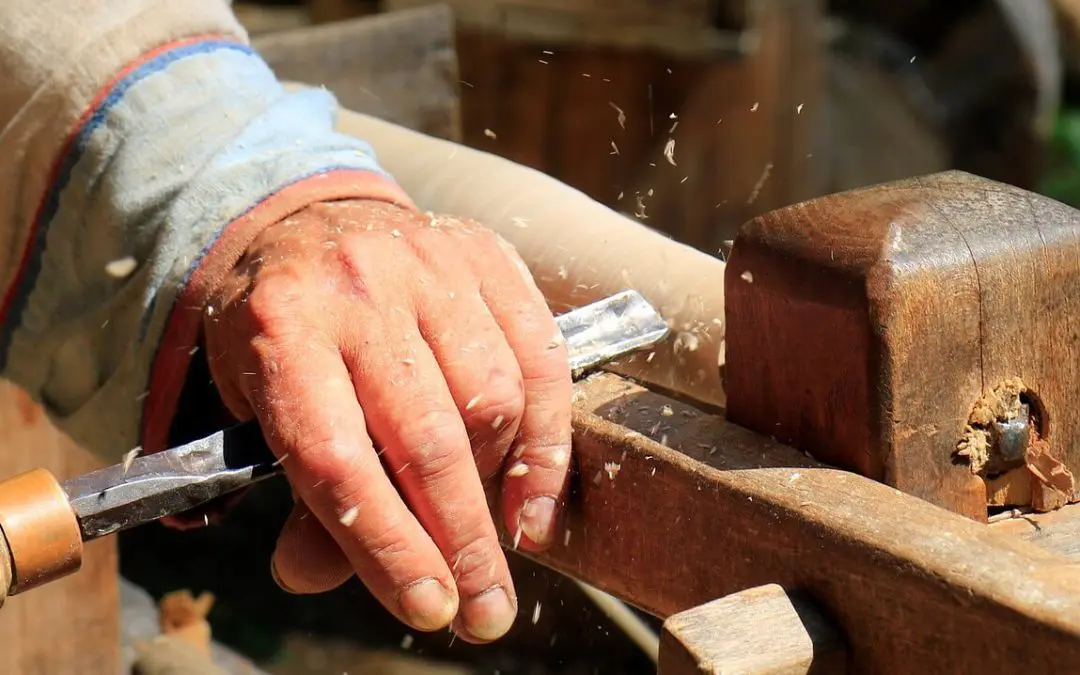Creating Your Dream Workshop
For the DIY enthusiast, a home workshop is more than just a storage space for tools. It’s a place to bring ideas to life and a source of immense satisfaction. Building a home workshop may be intimidating for those new to the world of power tools and project planning. This guide will equip you with the knowledge to transform part of your house into a workshop.
Deciding on Your Workshop Space
The first step in building a home workshop is assessing the space available. Whether you have a spare room, a section of your garage, or a basement corner, understanding the dimensions and limitations of your area is crucial. Think about the types of projects you plan to undertake. Are you focusing on woodworking, metalworking, electronics, or general DIY tasks? Your specific needs will dictate the layout and equipment required.
Gearing Up for Success: Essential Home Workshop Features
The tools and equipment you choose are the backbone of your workshop. Start with the basics and expand as your projects demand more specialized tools. Essential tools include a sturdy workbench, a set of quality hand tools (screwdrivers, pliers, and wrenches), a power drill, a circular saw, and a jigsaw. For those focusing on woodworking, add a table saw, miter saw, and router.
Investing in quality over quantity is a smart approach. High-quality tools last longer, perform better, and can handle more demanding tasks.
Organize Your Workshop
Organization is critical to a functional workshop. Start by installing ample storage solutions. Pegboards are excellent for keeping frequently used tools within easy reach. Shelving units will store larger items, and drawers or cabinets will hold smaller tools and accessories. Labeling storage areas saves time and reduces frustration when searching for specific tools.
A clean and organized workshop is safer and more pleasant to work in. Keep cords neatly coiled and return tools to their designated places after use. Regularly cleaning your workspace will prevent accidents and prolong the life of your tools.
Optimize Lighting and Ventilation
Good lighting is essential for precision and safety in a workshop. Natural light is ideal, so if you have windows, make the most of them. Supplement natural light with bright, adjustable LED lighting. Task lighting, such as a lamp with a flexible neck, provides focused illumination for detailed work.
Power and Electrical Considerations
An adequate power supply is crucial for running tools and equipment. Confirm that your workshop has enough electrical outlets to avoid overloading circuits. If you’re using high-power tools, get a dedicated circuit installed. Use surge protectors to protect your tools from power surges.
For convenience, position outlets above the workbench level to avoid frequently bending down. Retractable extension cords also provide flexibility without cluttering your workspace with loose cables.
Safety First: Building a Safe Workshop Environment
Accidents can happen anywhere, but a workshop environment demands extra caution. Here are some safety tips to keep in mind:
Wear appropriate Personal Protective Equipment (PPE): Depending on the task at hand, safety glasses, gloves, dust masks, and hearing protection are essential.
Maintain your tools: Regularly inspect and maintain your tools to keep them in good working order.
Keep flammable materials away from heat sources: Maintain a clean and organized workspace to minimize fire hazards.
Learn proper tool usage: Always read the instruction manuals before operating a power tool.
Building a home workshop is a rewarding journey. With careful planning, smart tool selection, and a focus on safety, you’ll transform a space into your very own haven for creativity and productivity.
Building a Home Workshop FAQs: Common Workshop Woes and Solutions
I have limited space. How can I create a functional workshop?
Even a small space can be a productive workshop. Utilize vertical space with wall-mounted storage solutions. Use folding workbenches or mobile toolboxes that can be tucked away when not in use.
What if I’m new to DIY projects?
Start small! There are countless beginner-friendly projects available online and in DIY books. As you gain confidence, you’ll be able to tackle more complex tasks.
How much does it cost to build a workshop?
The cost varies depending on the size of your space, the tools you choose, and any necessary renovations. Start with a realistic budget and prioritize the essentials.
Border Home and Property Inspections offers inspections to customers in the midwest region of Alberta and Saskatchewan. Contact us to request our services.

